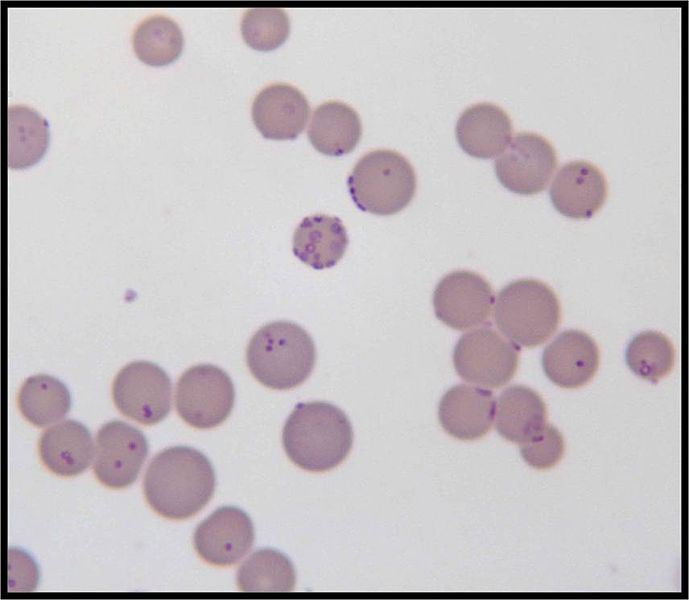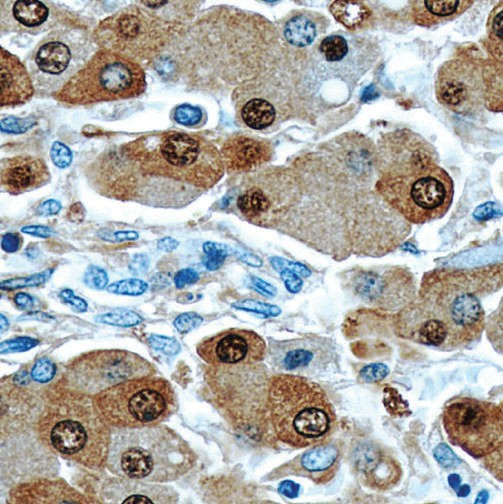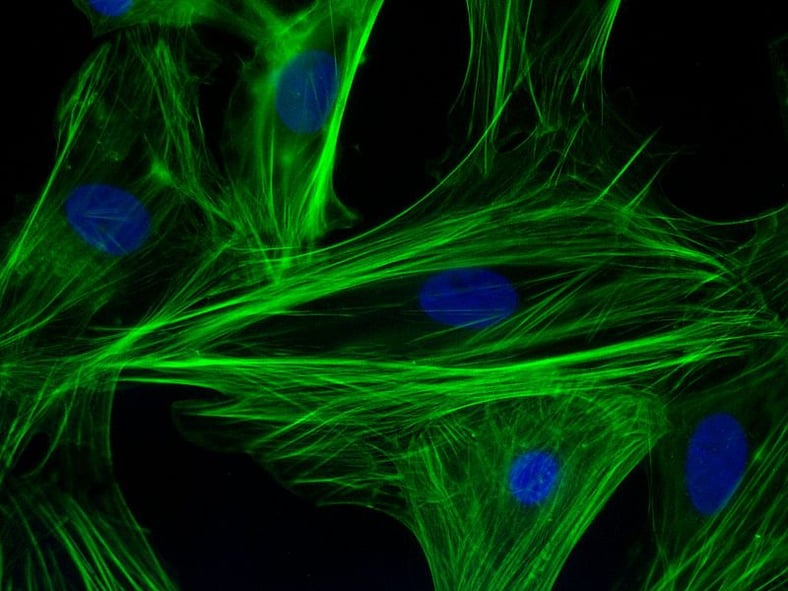Cell culture is extensively growing technique applied in various fields of basic research, regenerative medicines and biotechnological applications. The use of cells is exponentially increasing in wide-range of studies involving cell division, cell growth and proliferation, bioassay development and drug treatments. However, the credibility of results depends on the reproducibility of results and quality of cell culture.
The Protein Man

Recent Posts
Mycoplasma Contamination in Cell Cultures: Detection & Prevention
Topics: Teaching Biotechnology
Antibodies have become a great tool for identifying and characterization of different proteins in different model systems using the technique of immunohistochemistry and Western blotting. The precision and sensitivity of these molecules allow us to develop a clear-cut picture of molecular cascades and signalling pathways. The technique of characterization of proteins by immunohistochemistry is very old, however it requires elaborate standardization and rigorous scientific approach to select the right antibodies for the experimental need.
Topics: Protein Labeling, Protein Detection
Protein purification based on fusing peptide affinity tag to recombinant protein is widely preferred due to its ease of use. Immobilized Metal Ion Affinity Chromatography (IMAC) was based on the principle of binding of specific amino acid side chains of a protein to metal ions immobilized on a matrix. Histidine amino acid has high affinity to metal ions, six histidine residues are fused to N-terminal or C-terminal end of a protein during cloning, and the protein obtained could be ~95% pure after passing through metal ion based resin. Protein purification based on metal affinity chromatography is used with all the expression systems including E.coli, Yeast, Insect cell and mammalian cell expression systems.
Topics: Protein Purification
A Guide to Sample Preparation for Immunofluorescence
Immunofluorescence is an essential and a powerful tool in molecular biology for the visualization of cellular structures, protein localization and intracellular processes. The resultant sample produced after immunofluorescence is analyzed using different microscopic methods such as confocal microscopy, epifluorescence, TIRF, or GSDIM depending on the experiment.
Topics: Protein Detection







